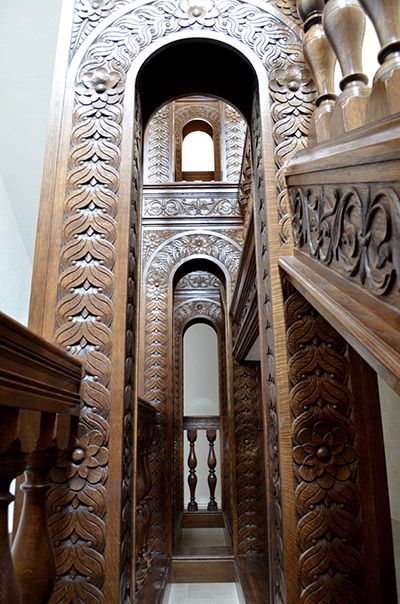
 A series of fact sheets to boost knowledge of the correct joinery and timber products to be used in listed properties and conservation areas has been published by the British Woodworking Federation’s (BWF) Heritage and Conservation Joinery Group.
A series of fact sheets to boost knowledge of the correct joinery and timber products to be used in listed properties and conservation areas has been published by the British Woodworking Federation’s (BWF) Heritage and Conservation Joinery Group.
The fact sheets are designed to give consistent advice on key areas which affect heritage and conservation joinery. These areas include the legislation which impacts on listed buildings and conservation areas, Building Regulations associated with the replacement of timber joinery, and the issues around aesthetics versus technical performance when replacing timber joinery.
The fact sheets also provide advice on obtaining listed building consent, glazing and recommendations when placing orders for narrow cavity insulating glass units.
Hannah Mansell, BWF technical manager and manager of the BWF’s Heritage and Conservation Joinery Group, said: “Listed buildings are essential to our country’s rich history and culture. It is vital that we take great care to preserve the authenticity and character of these striking works of architecture.
“Of course, property owners need to have received consent before any improvement works are conducted. But we also recommend that anyone looking to make improvements to their listed property uses the services of a BWF member, so you can be sure they will have the required knowledge and genuinely understand the special considerations of working on a listed building.”
Heritage joinery refers to joinery that is used in listed buildings. Listed buildings are recorded on the National Heritage List and are classified into grades to identify their historic or architectural importance.
Conservation joinery refers to joinery that is found in conservation areas which are usually designated by a local authority to protect whole areas that have special historical or architectural interest. There are more than 10,000 conservation areas in the UK.
As one of the key aspects affecting the street scene and character of an area or building, joinery is often noted as an element worth protecting. According to English Heritage, the main threat to conservation areas is “unsympathetic replacement windows and doors – usually PVC-U”.
In a survey published in December 2013, the Royal Institution of Chartered Surveyors listed the ‘top 10 crimes’ against period homes. Number one on the list was “Replacing original good quality sash windows with inappropriate modern aluminium or PVC-U casements and stripping out original period doors.”
The fact sheets are available for members to download at: www.bwf.org.uk/publications/heritage



